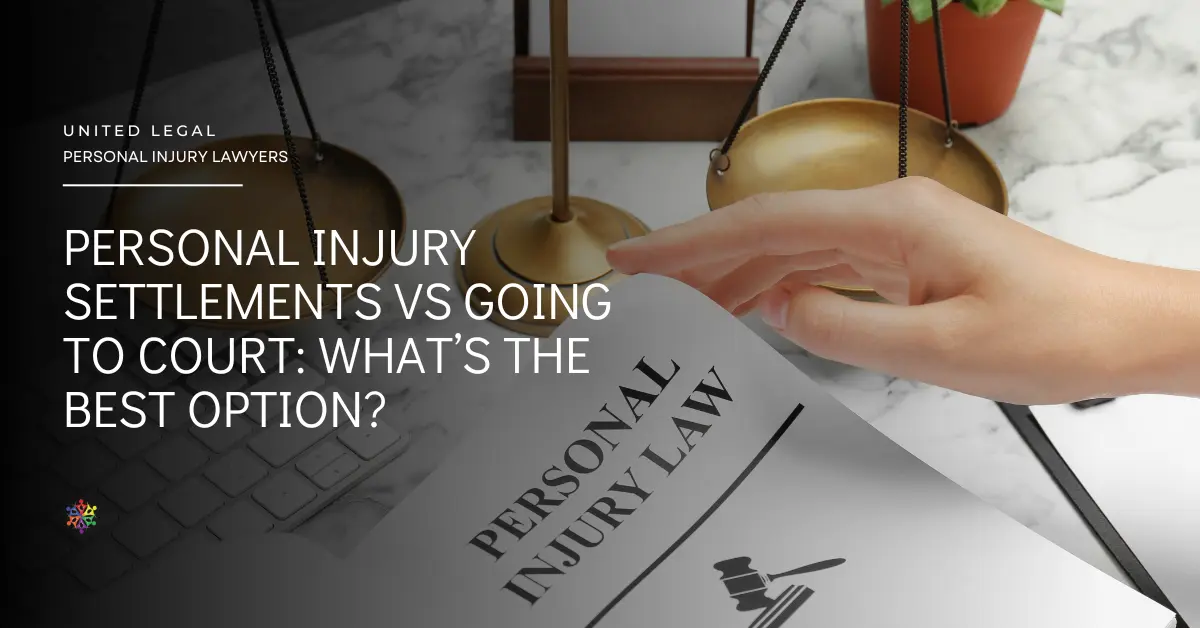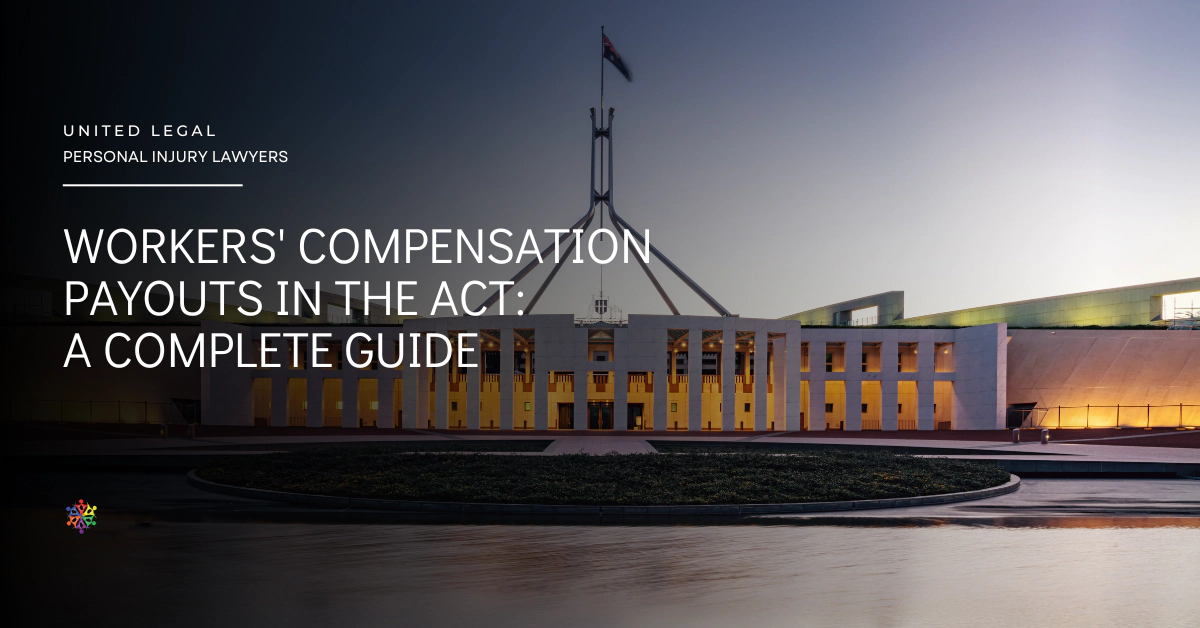Cerebral palsy is a collective of movement disorders that develop in early childhood. The signs and symptoms for these movements vary among people and could refer to poor coordination, stiff muscles, weak muscles, and tremors. It could affect sensation, vision, hearing and speech. However, it could be caused due to severe medical negligence or accidents, which accounts for serious injury claims. Medical negligence during pregnancy, delivery or shortly after birth can cause brain damage, resulting in cerebral palsy. These injuries can be physical and intellectual, and claimants can file for loss and damages as these are serious injury claims and can have life-long effect on the effected person’s health.
Cerebral palsy is a group of neurological disorders that could be congenital or caused after birth, and caused due to medical negligence or any accident. However, medical negligence could add fuel to the fire for the case of congenital cerebral palsy, particularly through birth injuries. Cerebral palsy can affect a person’s ability to move, and maintain and balance posture. It is caused by brain damage, which takes place before, during, or shortly after birth.
When Is It Considered Medical Negligence?
If sufficient medical care was not provided, or the medical care was inefficient during prenatal care or birth, and that lead to brain or nerve damage resulting in cerebral palsy, then it may be considered medical negligence. The compensation or claims for cerebral palsy intends to cover the costs associated with cerebral palsy, including medical treatment, specialized equipment, therapy and long-term care.
Common Medical Errors Leading to Cerebral Palsy
The common grounds for medical negligence include failure to identify or respond to complications like oxygen deprivation, delayed C-section, mismanagement of high-risk pregnancies. It is very important to note that, families or claimants can consult a medical negligence lawyer or a lawyer with an experience in birth injury claims to support the claimant’s claims.
Role of a Cerebral Palsy Lawyer in Filing a Claim
The lawyers will review and look for medical history records, consult with other medical experts, collect facts and figures of the case and determine if any negligence occurred during the case. Based on the data collection, the lawyer will can file for claims in the court on the behalf of the claimant.
Cerebral palsy claims, due to medical negligence or such other serious injury claims must be counseled with a specialist lawyer who specializes in medical negligence cases. The claimant’s job, however is to keep up with the records and bills, and should show the following to the lawyer:
– Existing duty of care
– How the duty was breached
– The cause of the breach i.e., how the breach caused cerebral palsy
– Cause is judged on the balance of probabilities: but not absolute certainty
It is then, the job of the lawyer, to make an efficient case based on the records provided by the claimant. An efficient case is based on medical reports, expert opinions and documentation of care needs. Most of the cases for serious injury claims are settled out of court, only some are subjected for a trial, if liability or damages are disputed.
The claimant must strictly follow time-limits, as claims for such serious injury claims are to be filed within six years of the injury. However, exceptions exist for cases where the injury was not immediately apparent. The claimant should keep all the medical records intact, including medical appointments, expenses, and care provided, as the records serve as the primary evidence or deed for the claims.
The compensation or claims that can be attained for serious injuries like cerebral palsy covers medical bills; hospital visits, specialists, therapy, and travel costs, care and assistance; in-home care, family care and commercial care costs, aids and equipment, such asmobility aids, wheelchairs, home modifications, assistive technology. Rehabilitation includes physiotherapy, hydrotherapy, gym work, and specialized treatments and consumables like medications, feeding equipment. Another claim which can be made by the claimant’s family is future earning capacity of the child, or transport, education and learning support.
The costs are calculated on the basis of individual’s expected lifespan using actuarial data and medical evidence. While compensation may be paid as periodic payments for ongoing care, which ensures long-term security. Australian courts consider a few considerations for such serious injury claims on grounds based on medical facts. National Disability Insurance Scheme (NDIS) coverage gaps, which leads and amounts out higher out-of-pocket costs; the median for such amounts is $4460 per annum.
Financial distress is another factor, which is usually on behalf of the claimant’s family. Families usually report highly overwhelmingly high financial distress. It highlights the financial distress faced by the family due to under-compensated needs. While, some states in Australia limit general damages for instance, pain and suffering, but care costs remain uncapped. Compensation for family-provided care requires exceeding statutory care thresholds, which are easily met in cerebral palsy cases. For children, courts consider family work history or average earnings when career paths are uncertain.
The compensation for serious injury like cerebral palsy in Australia is a multi-faceted calculation based on documented lifelong needs, severity of the injury and gaps in support systems like the NDIS. Care costs overlook claims, specifically for severe cases, while loss of earnings capacity and consumables add significant burdens. Families should timely act and keep a record of well-maintained documents regarding medical bills and cross-examinations by other medical experts in order to engage specialist lawyers to navigate negligence proofing and statuary nuances.
Read this next: Building a Strong Case: The Tradesman’s Guide to Compensation Claims
United Legal Canberra is here to assist you. Contact our representative today for a free consultation. We will review your insurance needs and take prompt action on your behalf. For more information, call us at (02) 6295 2283 or email us at admin@unitedlegal.com.au. Scheduling an appointment takes just a few minutes.














